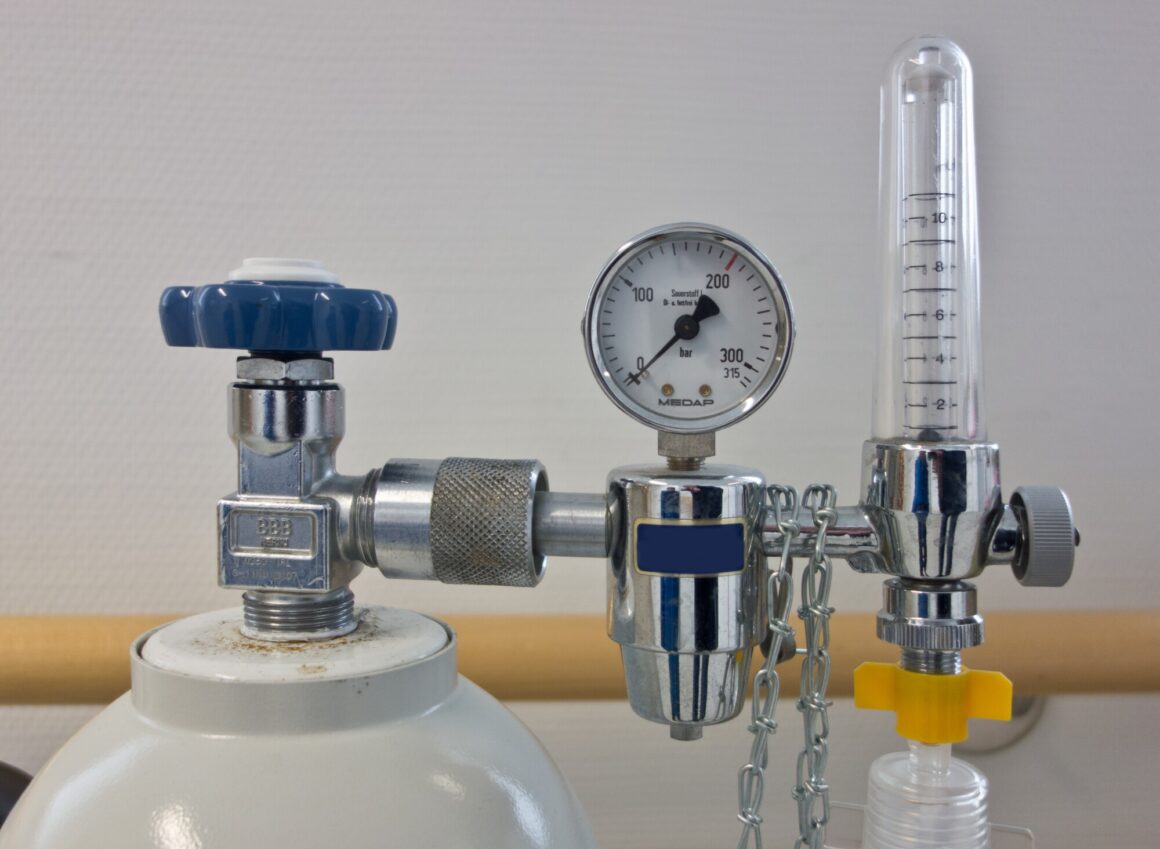The efficiency of your operations often hinges on the tools you use. One indispensable tool across various industries is compressed air equipment. From powering pneumatic tools to enabling manufacturing processes, compressed air is a vital asset. This blog post guides you through the world of compressed air equipment, helping you choose the right tools for your needs.
Understanding Compressed Air Equipment
Before diving into the specifics, it’s crucial to understand compressed air equipment and why it plays such a pivotal role in industrial applications. Compressed air equipment refers to devices that use compressed air to perform work. These can range from simple air tools to complex machinery. The versatility and power of compressed air make it a preferred choice in various sectors, including manufacturing, construction, and automotive industries.
The main advantage of using compressed air is its efficiency. According to reputable air compressor hire providers, compressed air is a safer alternative, unlike electricity, which can be hazardous and require complex safety measures. Compressed air systems are often more cost-effective in the long run, as they require less maintenance and have a longer lifespan than their electrical counterparts.
The Versatility of Compressed Air
One of the most significant benefits of compressed air equipment is its versatility. Compressed air can power various tools and machines, making it an essential component in many industries. The applications are vast and varied, from powering pneumatic drills in construction to operating paint sprayers in automotive workshops. This versatility also extends to different types of equipment, such as air compressors, air dryers, and filtration systems.
Compressed air equipment is not limited to industrial applications. It’s also widely used in healthcare settings, such as dental clinics, where air-powered tools are essential for procedures. Similarly, compressed air is used for packaging and processing in the food industry, ensuring products are handled safely and efficiently. This adaptability makes compressed air equipment a valuable resource in any sector that requires power, precision, and reliability.
Types of Compressed Air Tools
Understanding the available types is essential when choosing the right compressed air tools. Air compressors are the heart of any compressed air system, and they come in various forms, including reciprocating, rotary screw, and centrifugal compressors.

Each type has its advantages and is suited for specific applications. Numerous air tools are designed for particular tasks, including compressors. Pneumatic nail guns, impact wrenches, and sanders are just a few examples of tools powered by compressed air. These tools offer increased power and efficiency compared to their electric counterparts, making them an excellent choice for professionals requiring precision and speed.
Factors to Consider When Choosing Compressed Air Equipment
Selecting the right compressed air equipment requires careful consideration of several factors. One of the most important considerations is the intended application. Different tools and equipment are designed for specific tasks, so matching the equipment to your needs is crucial. For example, if you’re working in a construction setting, a heavy-duty air compressor with high output capacity would be necessary to power multiple tools simultaneously.
Another critical factor is the environment in which the equipment will be used. Compressed air systems can be affected by temperature, humidity, and altitude, so choosing equipment that can withstand these conditions is essential. Additionally, the noise level of the equipment should be considered, especially in settings where noise pollution is a concern. Opting for quieter models can enhance the working environment and improve overall productivity.

For those looking to explore further, reaching out to experts or participating in industry events can provide valuable insights and opportunities for collaboration. As you refine your approach to compressed air equipment, remember that the key to success lies in staying informed, adaptable, and open to innovation. With the right tools and strategies, you can harness the power of compressed air to drive efficiency and growth in your organization.

